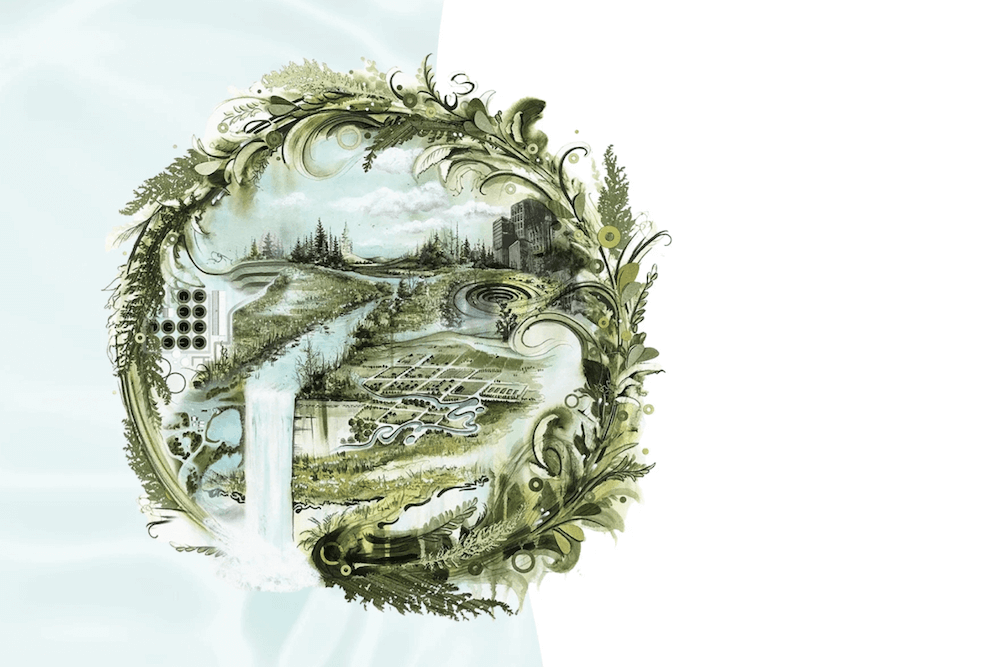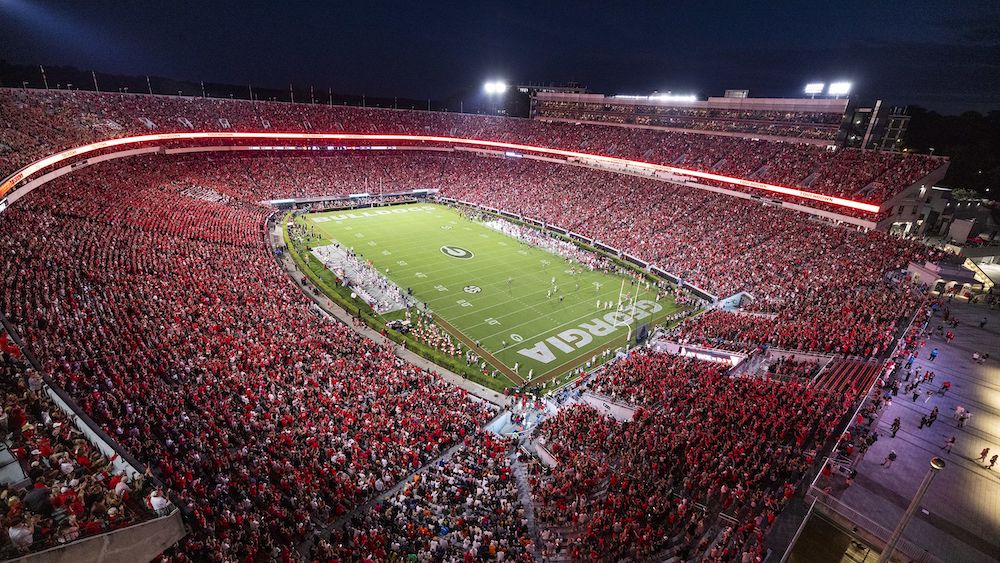By Stephanie Schupska
University of
Georgia
Two and a half pounds of litter – that’s about how much one
chicken produces in its lifetime. A team of University of
Georgia
scientists is working to turn the poultry state’s waste litter
into a valuable alternative fuel product.
That’s good news in Georgia, where chickens, specifically
broilers, rank No. 1 in the state’s agriculture, with a
leaving-the-farm value of almost $4 billion. Poultry litter is
mostly manure mixed with a bedding material such as wood
shavings.
Two and a half pounds of litter per broiler is 2.5 pounds of
by-product waiting to be converted into something usable, said
Jimmy Palmer of the U.S. Environmental Protection Agency. With
funding from an EPA grant, UGA researchers are searching for
ways
to add value to poultry waste.
“This will help us collectively deal with environmental issues
of
growing agriculture,” said Palmer, an EPA regional
administrator.
“A waste is a terrible thing to mind,” he said, twisting a
common
phrase. “We’re looking for better ways to deal with waste.”
Through a process called fractionation, the UGA researchers plan
to produce two types of materials from the poultry litter,
separating the fine and coarse parts, said Mark Risse, a UGA
Cooperative Extension engineer and member of the research
team.
The scientists form the fine, nutrient-rich material into
pellets
for fertilizer. Because the processed fertilizer pellets would
allow a slower release of nutrients into the soil, pollution
from
pathogens and nutrients in the poultry litter would be
reduced.
“Most poultry litter is currently being directly land-applied as
fertilizer,” said K.C. Das, coordinator of the UGA Biorefinery.
“It makes sense to a point. But in north Georgia, there’s not
enough land to spread the litter. Through this process, we’re
producing a better energy product as well as a better
fertilizer.”
The research team puts the coarse, energy-rich poultry litter
material through an intense heating process called pyrolysis to
create char and bio-oil. The char can be used anywhere charcoal
is used. Bio-oil can be refined further and used as diesel-like
fuel.
UGA engineers say developing a cheap source of energy from
poultry litter would provide a cleaner source of energy, helping
the state grow in an economically and environmentally
sustainable
way. They estimate that in the United States, using poultry
litter as fuel could save 283 million gallons of fossil fuel.
“Two or three companies are looking at Georgia right now,” Risse
said. “They’re looking at pelleting litter for fertilizer.
There’s a very real opportunity for research that can be used
not
10 years from now, but now.”
“A lot more is said than usually done, and we’re about to do
it,”
Palmer said of the project.
Besides Risse and Das, the UGA research team includes
Cooperative
Extension engineer John Worley, professor Sid Thompson and
graduate student Kaushlendra Singh.
The project builds on work Thompson did 15 years ago and had to
shelve due to a lack of application at the time. Now, with the
demand for alternative fuels increasing, his halted research can
continue.
The project team is in the process of showing they can break up
poultry litter into two parts and use both. The researchers will
also have to determine whether the processes should be done at
centralized locations across the state or at individual
farms.
“Poultry litter represents two times the energy consumption on a
farm,” Das said. “You have everything you need to produce energy
on the farm already.”



